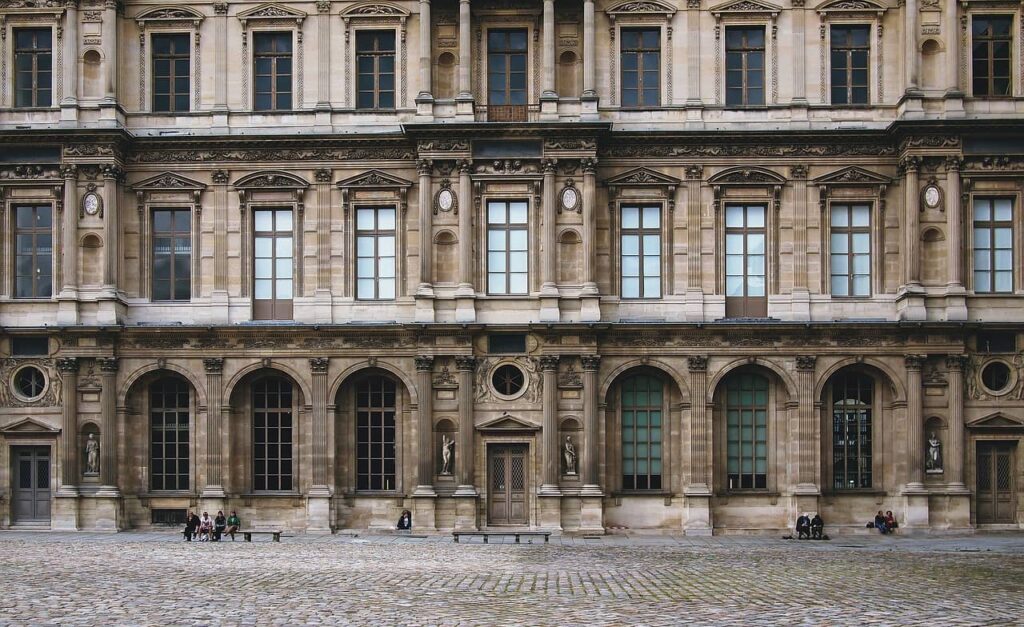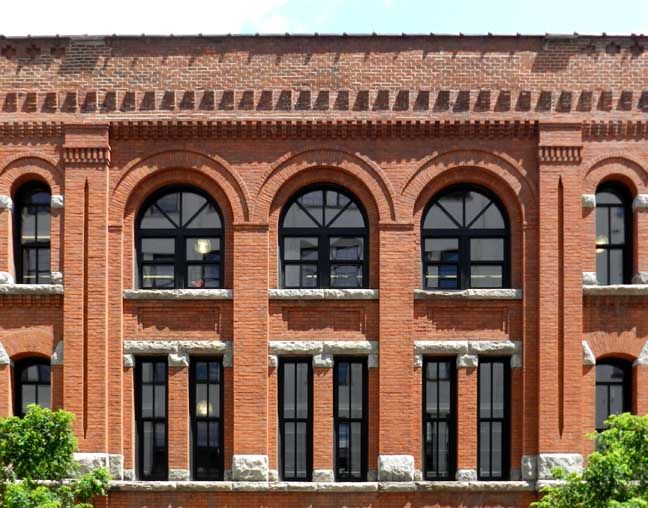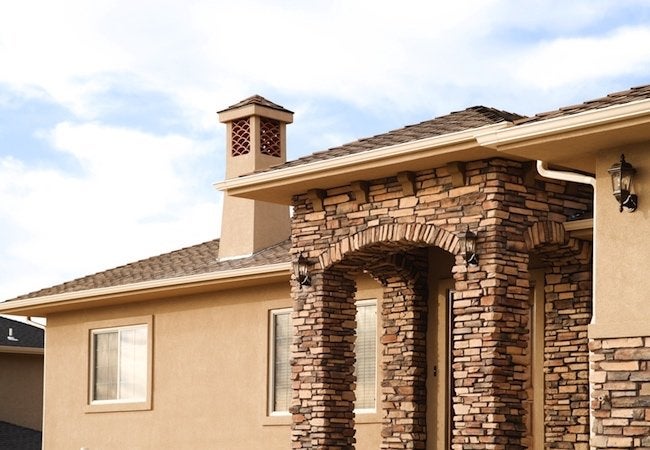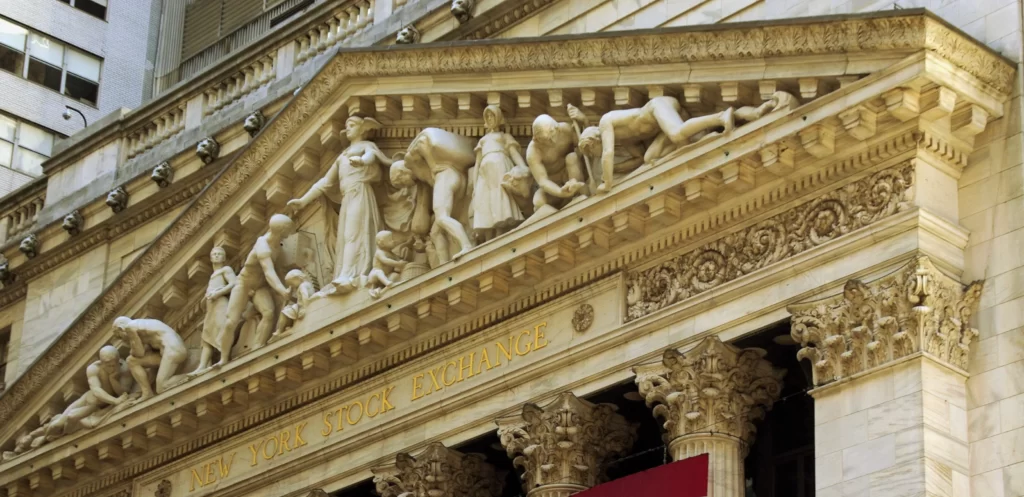When it comes to designing the facade of a building, there are countless styles to choose from. One of the most popular and timeless styles is classic facade design. With its elegant, symmetrical lines and attention to detail, a classic facade can add an air of sophistication and grandeur to any building. In this post, we’ll take a closer look at classic facade design and explore some of its defining features.
What is Classic Facade Design?
Classic facade design is a style that originated in ancient Greece and Rome and has since been adapted and refined over the centuries. It is characterized by its use of symmetry, proportion, and ornamental details such as columns, pediments, and cornices. Classic facades often feature a central axis with identical or mirror-image elements on either side, creating a sense of balance and harmony.

Elements of Classic Facade Design
There are several key elements that are often found in classic facade design. These include:
Columns
Columns are one of the most recognizable features of classic facades. They come in several different styles, including Doric, Ionic, and Corinthian, and are typically used to support a roof or entablature. In classic facade design, columns are often used in pairs or groups and are positioned in a symmetrical pattern.

Pediments
A pediment is a triangular element that is often found above the entrance of a building. In classic facade design, pediments are usually decorated with sculptural reliefs or other decorative elements.
Cornices
A cornice is a decorative molding that is typically found at the top of a building’s facade. In classic facade design, cornices are often highly ornamented and feature intricate designs.

Symmetry
Symmetry is a hallmark of classic facade design. Buildings with classic facades are often designed with a central axis and identical or mirror-image elements on either side. This creates a sense of balance and harmony that is pleasing to the eye.

Materials Used in Classic Facade Design
Classic facade design often relies on the use of durable and visually appealing materials. Stone, brick, and stucco are some of the most commonly used materials in classic facade design.
Stone

It is a popular material due to its strength and natural beauty. Different types of stone, such as granite, limestone, and sandstone, can be used to create various effects. For example, rough-hewn stone can create a rustic look, while smooth, polished stone can create a more refined appearance.
Brick

This is another popular material due to its versatility and durability. It can be used to create intricate patterns, and it is also a good insulator. Brick can be left unfinished or painted to match the surrounding environment.
Stucco

Another material that has been used in classic facade design since ancient times. It is a mixture of cement, sand, and water, and it can be molded into various shapes and designs. Stucco can also be painted to create different effects.
Other materials that may be used in classic facade design include wood, metal, and glass. Each material has its unique properties and can be used to create a specific aesthetic effect.
Overall, the materials used in classic facade design play a crucial role in creating a visually appealing and durable building facade. Architects and designers must carefully consider the properties of each material and how they contribute to the overall aesthetic of the building.
Key Elements of Classic Facade Design

Classic facade design incorporates several key elements that contribute to its timeless appeal. These elements include symmetry, proportion, and ornamentation.
Symmetry
This is an essential component of classic facade design. It involves arranging elements in a balanced and harmonious manner on either side of a central axis. A symmetrical facade can create a sense of stability and order.
Proportion
It is another critical element of classic facade design. It involves the relationship between different elements of the facade, such as the ratio between the height and width of windows or the spacing between columns. A well-proportioned facade can create a sense of harmony and elegance.
Ornamentation
This is a decorative element of classic facade design that adds visual interest and complexity. It can include intricate carvings, moldings, and other decorative details that add texture and depth to the facade.
Classic facade design also incorporates other elements, such as columns, pediments, and friezes, which are used to create a sense of grandeur and formality. The choice of colors and materials can also contribute to the overall aesthetic effect.
In summary, classic facade design relies on a combination of symmetry, proportion, and ornamentation, as well as other elements, to create a visually appealing and harmonious building facade. Architects and designers must consider these elements carefully when designing a classic facade to ensure that it meets the desired aesthetic and functional goals.
Examples of Classic Facade Design
Classic facade design can be seen in a wide variety of buildings, from residential homes to government buildings, religious institutions, and commercial structures. Here are a few examples of classic facade design:
White House
The White House is a classic example of neoclassical architecture, which was popular in the late 18th and early 19th centuries. Its facade features a symmetrical design, columns, and ornamental details, including the pediment above the entrance
The Parthenon
The Parthenon, located in Athens, Greece, is a prime example of classic Greek architecture. Its facade features rows of columns and a triangular pediment above the entrance, as well as decorative sculptures and friezes.
The Royal Palace of Caserta
The Royal Palace of Caserta, located in Italy, is an example of Baroque architecture. Its facade features a grand entrance with a curved colonnade, intricate ornamentation, and large windows.
The Chrysler building
The Chrysler Building, located in New York City, is an example of Art Deco architecture. Its facade features geometric shapes and intricate ornamentation, including a spire at the top of the building.
These examples demonstrate how classic facade design has been used throughout history and across different cultures to create visually appealing and memorable buildings.
Conclusion
Classic facade design is a timeless style that can add elegance and sophistication to any building. Whether you’re designing a new building or renovating an existing one, incorporating classic facade elements can help create a sense of balance and harmony that is both visually appealing and functional. So why not consider classic facade design for your next building project?

















